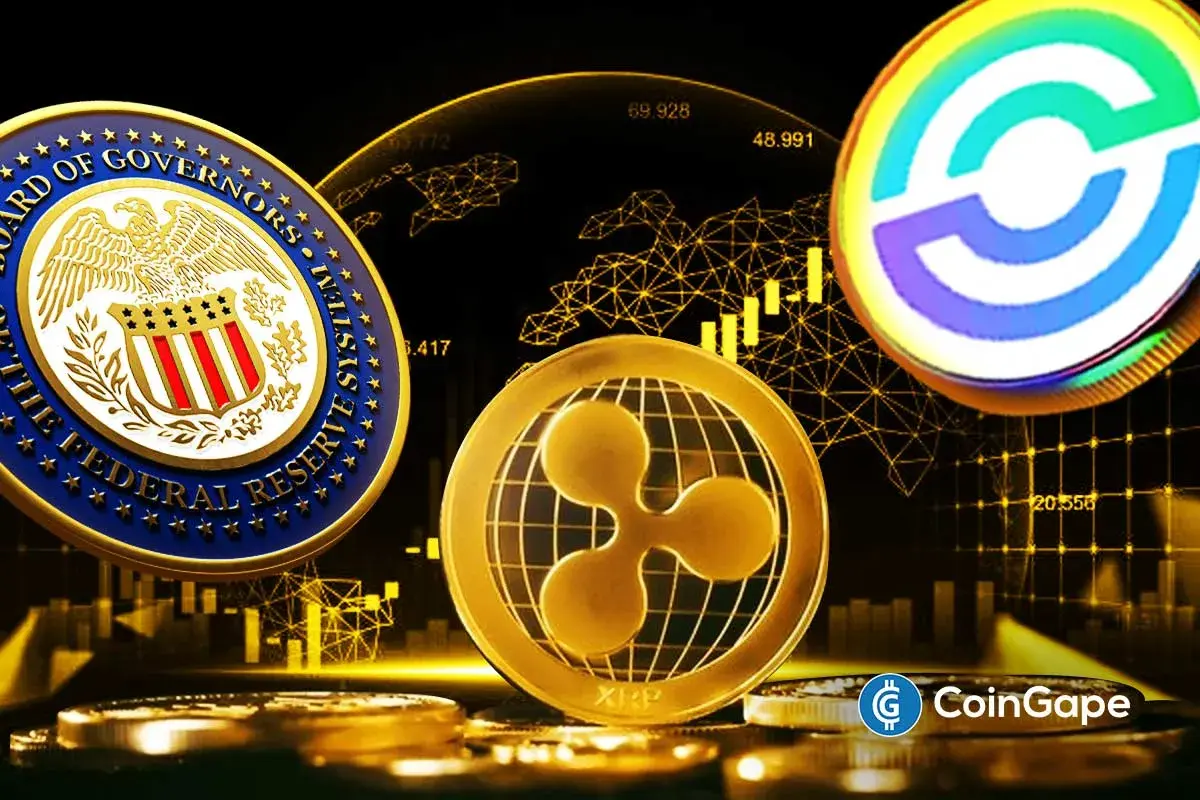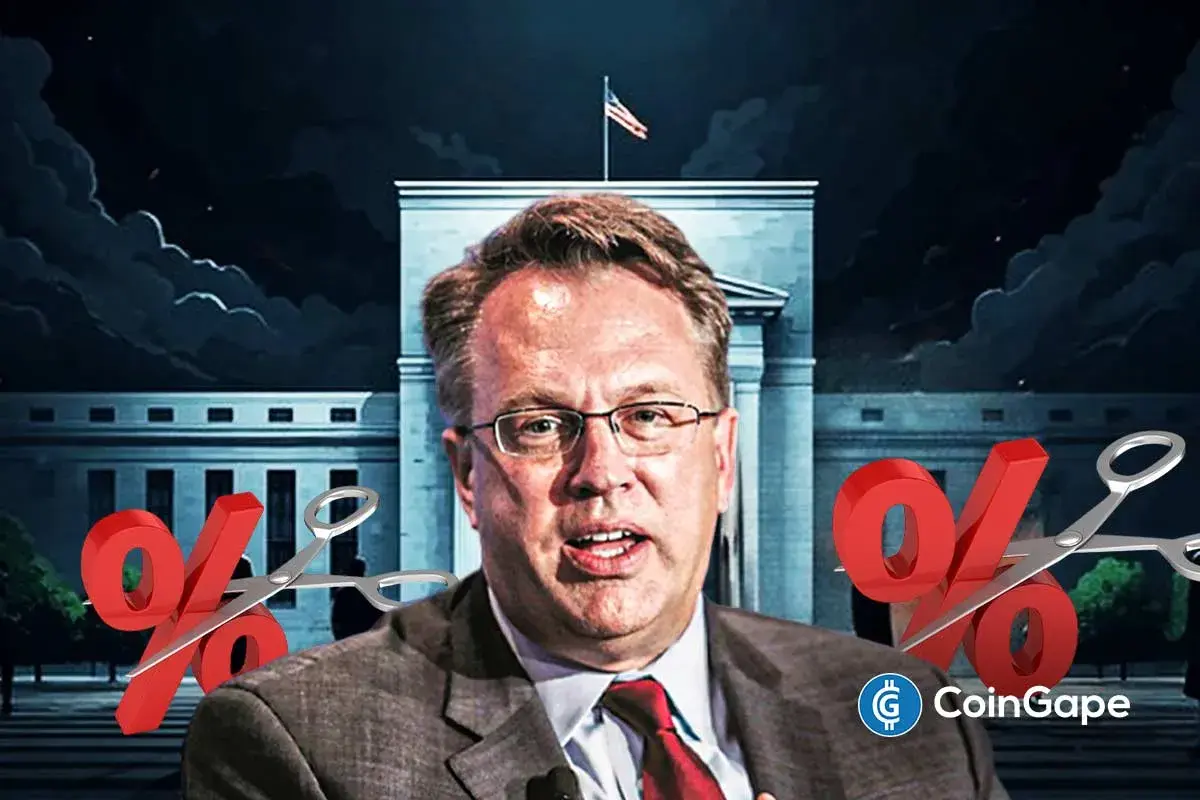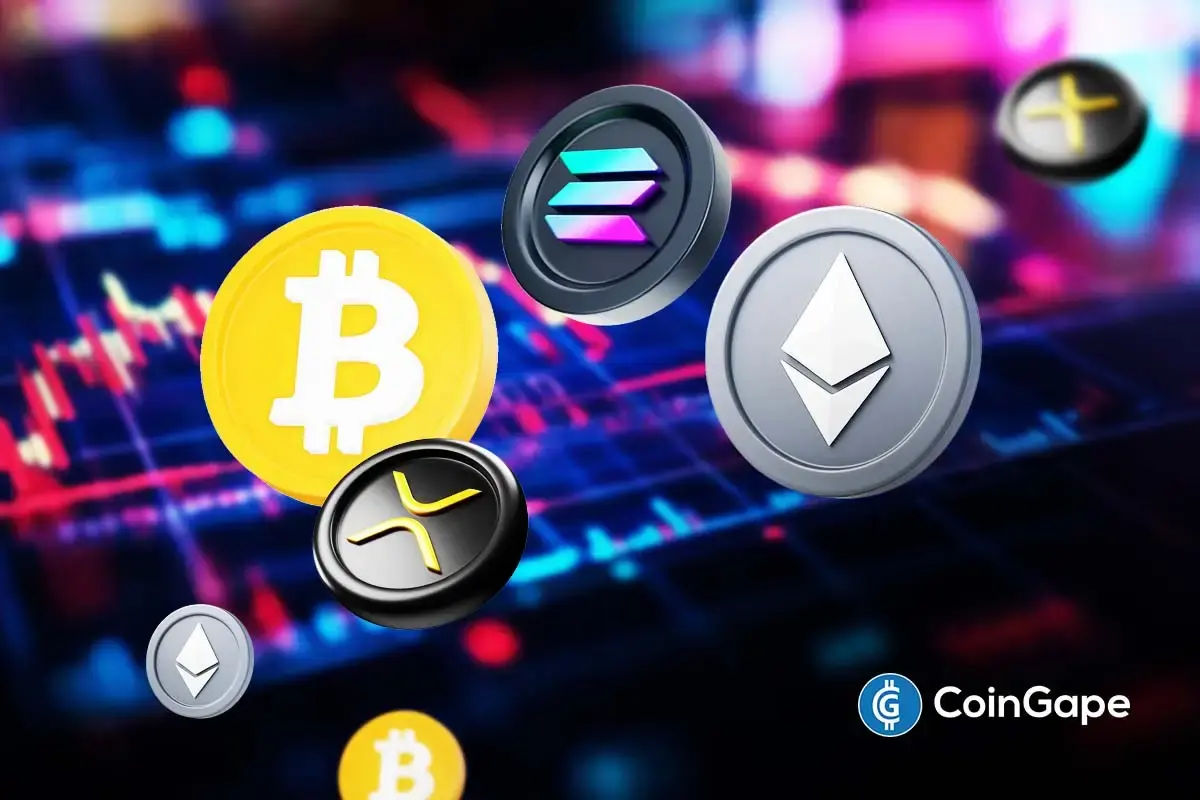CFPB Warns Against Scams in Crypto-Integrated Gaming Platforms

Highlights
- In its new report, the Consumer Financial Protection Bureau highlights the rise of cryptocurrencies in gaming platforms.
- The report, "Banking in Video Games and Virtual Worlds" was published, focusing on integrating virtual and real-world finances.
- Virtual worlds like Roblox and Fortnite dominate, but lesser-known crypto worlds also draw attention for their financial interfaces.
The integration of cryptocurrencies into gaming platforms has recently been brought into focus by the Consumer Financial Protection Bureau (CFPB). Entitled “Banking in Video Games and Virtual Worlds,” its newest publication provides enlightenment on the rising demand for the combination of virtual gaming worlds with real-world financial transactions. Published on Thursday, the report underlines the shift in the approach of game creators to integrate virtual items with the real world using cryptocurrency.
Roblox, Second Life, and Fortnite are the virtual worlds that reign supreme. On the other hand, crypto-asset virtual worlds, which are less popular, attract interest because they can connect with third-party trading systems. This interface enables gamers to transfer virtual crypto-assets into fiat currency, introducing an added level of complexity and danger to the same gaming economy.
CFPB Warns of Rising Crypto Scams in Gaming
The CFPB’s review reveals that crypto scams thrive and consumer protections are inadequate in virtual environments. Importantly, it points out that the largest gaming publishers are contemplating treating virtual items as crypto-assets. Such assets can be traded in other markets that are not part of the game’s internal economy, which increases the possibility of fraud and scams.
Further still, crypto tokens in worlds like Decentraland and The Sandbox may be traded on different crypto platforms for fiat money. This liquidity and sensitivity of converting virtual assets into real money only echo the CFPB’s concerns about consumer protection and the possibility of scams inside such digital environments.
Crypto Transactions Regulatory Focus
Reacting to the changing environment, the CFPB has proposed a new regulation against “larger nonbank companies” rendering services reminiscent of digital wallets and payment apps. This proposed rule, “Defining Larger Participants of a Market for General-Use Digital Consumer Payment Applications,” seeks to expand the oversight over firms that process more than five million transactions annually. The action would also harmonize these entities with the regulatory regime applied to big banks and credit unions.
Detractors of the regulation posit that it is overreaching by giving control over the transactions of cryptocurrencies. However, the proposal supports the CFPB’s wish to fill the regulatory voids with digital finance, particularly with respect to crypto. Publications such as this one underscore the possibility of future rulemaking as the agency looks to protect consumers from fraud and scams in increasingly digital financial activities.
Read Also: 32,041 Bitcoins Bought by Genesis to Settle Creditor Debts
- Ripple, Circle Could Gain Fed Access as Board Seeks Feedback on ‘Skinny Master Account’
- Fed’s Williams Says No Urgency to Cut Rates Further as Crypto Traders Bet Against January Cut
- Trump to Interview BlackRock’s Rick Rieder as Fed Chair Shortlist Narrows to Four
- Breaking: VanEck Discloses Fees and Staking Details for its Avalanche ETF
- Crypto Market Braces for Volatility as BTC, ETH Options Expiry Collides $7.1 Trillion ‘Triple Witching’
- SUI Price Forecast After Bitwise Filed for SUI ETF With U.S. SEC – Is $3 Next?
- Bitcoin Price Alarming Pattern Points to a Dip to $80k as $2.7b Options Expires Today
- Dogecoin Price Prediction Points to $0.20 Rebound as Coinbase Launches Regulated DOGE Futures
- Pi Coin Price Prediction as Expert Warns Bitcoin May Hit $70k After BoJ Rate Hike
- Cardano Price Outlook: Will the NIGHT Token Demand Surge Trigger a Rebound?
- Will Bitcoin Price Crash to $74K as Japan Eyes Rate Hike on December 19?
















